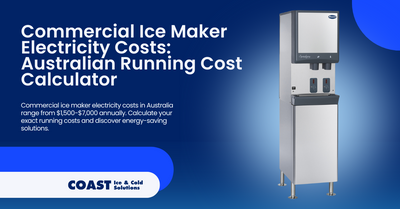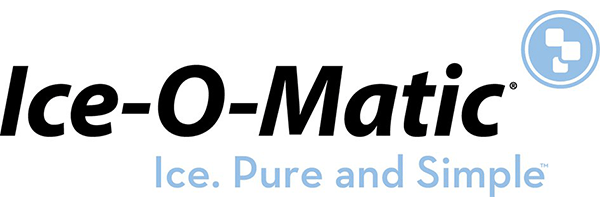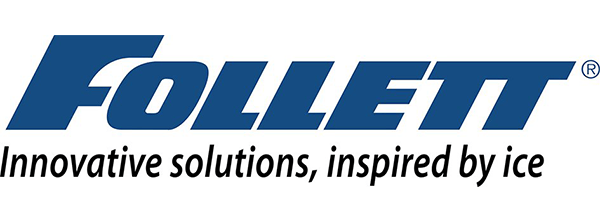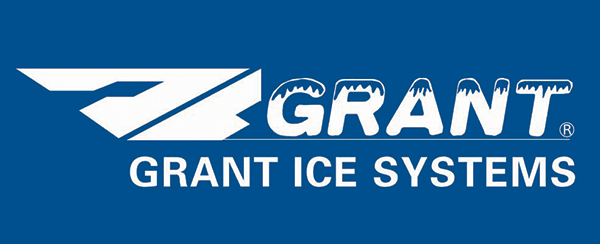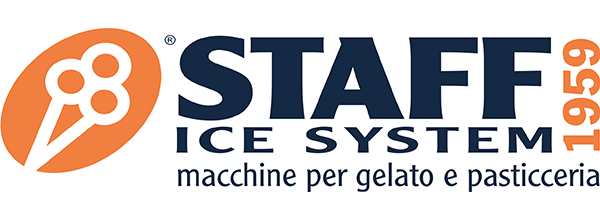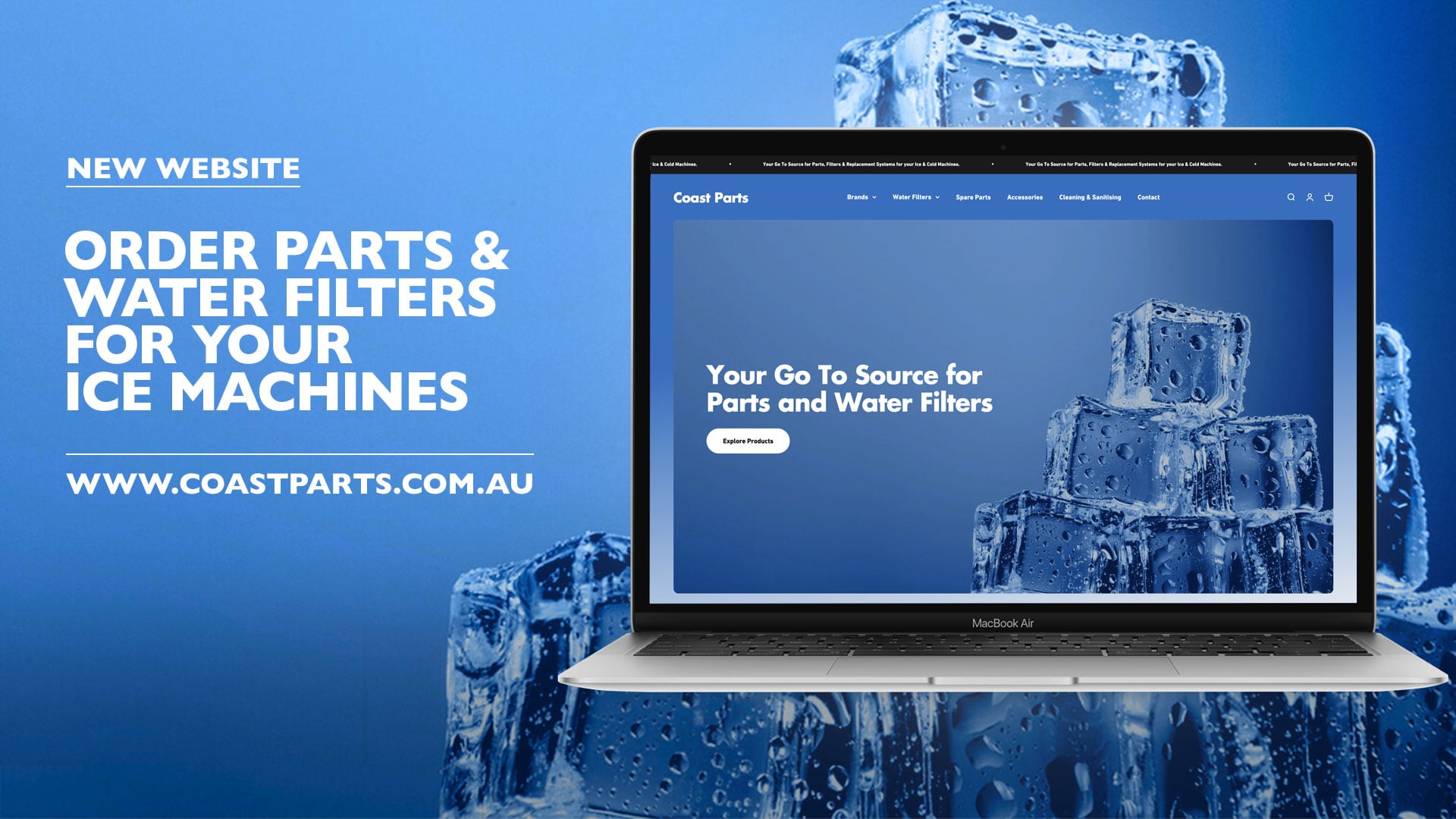Commercial Ice Maker Electricity Costs: Australian Running Cost Calculator
The Coast Team on 3rd Jul 2025
You've just opened your quarterly electricity bill for your Melbourne restaurant, and the number makes you physically wince. $8,500 for three months. Your accountant's been on your case about cutting overheads, and you're starting to wonder if that commercial ice machine humming away in the corner is secretly eating your profits. The manufacturer promised "energy efficiency," but nobody actually explained what that means in real dollars when you're running it 16 hours a day in 35-degree heat.
If you've ever stared at your electricity bill trying to work out how much your ice machine actually costs to run, you're not alone. We get calls every week from operators across Australia who've discovered their ice maker is consuming more power than their entire kitchen extraction system. The worst part? Most could have halved their running costs by choosing different equipment or configuring it properly.
Why Standard Electricity Calculators Don't Work for Ice Machines
Here's the problem with those generic "appliance running cost calculators" you find online - they assume your ice machine operates like a regular freezer. Spoiler alert: it doesn't. Ice machines work in cycles, ramping up power during freeze cycles then dropping to almost nothing during harvest. Your actual consumption depends on factors those calculators completely ignore.
Ambient temperature makes a massive difference. That same ice machine producing 200kg daily uses significantly more power in a 32°C Darwin kitchen than in a 21°C Melbourne café. The difference can be 20-30% in power consumption just from location.
Water temperature affects consumption too. Most efficiency ratings assume 10°C incoming water. But if you're pulling 25°C water from tanks in regional Queensland, your ice machine works significantly harder. Every degree above optimal adds roughly 1% to your electricity usage - it adds up fast.
Then there's the dirty secret nobody mentions: actual production versus rated capacity. Your 200kg/day machine only produces that in perfect laboratory conditions. In the real world, with dirty condensers, scale buildup, and worn components, you might get 150kg while still consuming power for the full 200kg capacity.
Breaking Down Real Electricity Consumption
Let's get into actual numbers that matter for Australian operations. Commercial electricity rates vary dramatically across the country - from around $0.20-$0.25/kWh in some states to $0.35-$0.40/kWh or higher during peak periods in South Australia and New South Wales. For these calculations, we'll use $0.30/kWh as a reasonable mid-range estimate, but remember - your actual rate could be significantly different.
Important: Always check your electricity bill for your actual kWh rate. Some businesses on favourable contracts might pay as little as $0.18/kWh, while others during peak summer periods could face rates exceeding $0.45/kWh. Time-of-use pricing can see rates triple between off-peak and peak periods.
The Ice-O-Matic Elevation Series modular cube ice makers represent the latest in energy-efficient design. These units are up to 20% more energy efficient than previous models, produce less heat, and feature an exclusive dual exhaust system that discharges hot air from both the side and top - crucial for Australian kitchens where space and ventilation can be challenging. Production ranges from 132kg up to 776kg of ice per day.
For smaller operations, the Ice-O-Matic self-contained cube ice makers provide reliable production from 96kg daily. At our estimated $0.30/kWh rate, a unit consuming 18.2kWh daily costs approximately $5.46 per day or $1,993 annually. In Tasmania with lower rates, this might drop to $1,500 annually, while in South Australia during peak periods, it could exceed $2,800.
Scale up to high-volume production with modular systems consuming 66.3kWh daily, and at $0.30/kWh, you're looking at $19.89 daily or $7,260 annually in electricity alone. But remember - these are estimates based on average conditions and rates.
Hidden Factors That Spike Your Running Costs
Your ice machine doesn't operate in isolation. Several factors dramatically impact electricity consumption, and most operators don't realise until it's too late.
Poor ventilation kills efficiency faster than anything else. When your ice machine can't breathe, the condenser runs hot, forcing the compressor to work overtime. The Elevation Series' dual exhaust design helps combat this, but proper installation clearances remain critical - cramming any unit into a corner can increase power consumption by 40%.
Water quality creates a compound problem. Hard water causes scale buildup on evaporator plates, insulating them and reducing heat transfer efficiency. The CD10B water filter provides essential protection for smaller ice machines, including UCG045-UCG165, UCF165, ICEU225 and Follett 7 & 15 Series units.
Oversizing wastes money in ways you might not expect. That massive production capacity might seem like future-proofing, but if you're only using 30% of capacity, the machine cycles inefficiently, consuming standby power while producing minimal ice.
Calculating Your Actual Ice Machine Running Costs
Let's build a real calculator you can use. First, find your actual electricity rate on your bill - it's usually shown as cents per kWh (c/kWh). Convert this to dollars by dividing by 100.
Step-by-step calculation:
- Find your ice machine's daily kWh consumption (check specifications or nameplate)
- Multiply by your electricity rate in $/kWh
- Multiply by 365 for annual cost
Example calculations at different Australian rates:
- Queensland business rate ($0.25/kWh): 45kWh daily = $11.25/day = $4,106 annually
- Victorian off-peak rate ($0.20/kWh): 45kWh daily = $9.00/day = $3,285 annually
- NSW peak rate ($0.38/kWh): 45kWh daily = $17.10/day = $6,241 annually
- SA summer peak ($0.42/kWh): 45kWh daily = $18.90/day = $6,899 annually
Different ice types and machine configurations have varying efficiency levels:
Compact Self-Contained Units: Units producing up to 100kg daily typically consume 4.5-5.5 kWh per 45kg of ice under standard conditions. While lower capacity, these units often consume proportionally more power per kilogram due to their compact design.
Healthcare Dispensers: The Follett Symphony Plus Ice & Water Dispensers incorporate state-of-the-art Maestro ice maker technology that saves 30% on power and up to 100,000 litres of water per year. The E12CI414A-S model produces up to 176kg daily while storing 5.4kg - perfect for healthcare facilities prioritising both efficiency and hygiene.
Industrial Flake Systems: The Grant FF-AR Series features energy-efficient D-shaped stainless steel coils designed to improve refrigerant flow and reduce resistance. Available in capacities from 400kg to 5,000kg daily, these systems produce ice at -9°C while maintaining efficiency even in extreme conditions.
Now adjust for your conditions:
- Add 2% per degree above 21°C ambient
- Add 1% per degree above 10°C water temperature
- Add 20% for poor ventilation
- Add 10-30% for scale buildup
- Multiply by your actual electricity rate
Energy-Efficient Models That Actually Save Money
Not all efficiency claims hold up in Australian conditions. Here's what actually works based on real installations we've monitored.
The Ice-O-Matic Elevation Series stands out with its 20% energy efficiency improvement. For a Brisbane hotel paying $0.28/kWh, upgrading from an older model to the Elevation Series saved approximately $1,400 annually - paying for the upgrade in under four years through electricity savings alone.
For healthcare and aged care facilities, the Follett 7 & 15 Series dispensers deliver exceptional efficiency. The E7CI114A countertop model produces up to 54.4kg daily with 3.2kg storage, featuring quiet operation and convenient access.
Grant's Sub Zero Flake Ice Machines incorporate advanced refrigeration technology. The FF1.5E evaporator produces up to 1,500kg per 24 hours, with the D-shaped coil design improving heat transfer while reducing energy consumption - critical for operations running 24/7 in hot climates.
Water-Cooled vs Air-Cooled: The Running Cost Reality
The air-cooled versus water-cooled debate gets complicated in Australia. Water-cooled units typically use 20% less electricity, but consume 400-600 litres of water per 45kg of ice.
Let's run the numbers for a Perth operation:
- Water cost: Approximately $2.20-$2.80 per kilolitre (varies by provider)
- Daily water usage for 300kg production: 4,000 litres (4kL)
- Daily water cost: $8.80-$11.20
- Annual water cost: $3,212-$4,088
That completely negates any electricity savings. Brisbane operations face similar challenges during drought restrictions when water prices can spike even higher.
Remote-cooled systems offer an interesting middle ground. By relocating the condenser outside, you reduce kitchen heat load (saving on air conditioning) while maintaining air-cooled water efficiency. The modular design of Ice-O-Matic units works well in this configuration.
Maintenance Practices That Slash Power Consumption
Proper maintenance can reduce electricity consumption by 30% or more. We're not talking major overhauls - just consistent attention to basics.
Condenser cleaning tops the list. Monthly cleaning maintains heat transfer efficiency. For operations with challenging water, the CD40B twin system with 20 micron nominal rating provides enhanced protection, preventing the buildup that forces compressors to work harder.
Scale prevention through proper filtration pays immediate dividends. For high-capacity systems, the CD20B High Capacity Water Filter System suits ICEU305, CIM0325-CIM1845, IOM Flakers, Follett Maestro Plus Series, Horizon Series, Ice & Water Dispensers and Grant FF0.4, 0.6 & 1 models. Every millimetre of scale increases electricity usage - prevention costs far less than removal and wasted power.
Component wear creates hidden inefficiencies. Regular maintenance identifies issues before they impact your electricity bill. Annual professional service typically costs $400-600 AUD but saves multiples through maintained efficiency.
Smart Operating Strategies for Lower Bills
When you run your ice machine matters as much as how you run it. Time-of-use electricity rates create significant savings opportunities for prepared operators.
Typical Australian time-of-use rates (example only - check your contract):
- Off-peak (10pm-7am): $0.15-$0.22/kWh
- Shoulder (7am-2pm, 8pm-10pm): $0.25-$0.32/kWh
- Peak (2pm-8pm): $0.35-$0.48/kWh
Running intensive ice production during off-peak hours can cut costs by 50% or more. The key is adequate storage - Coast storage bins provide the capacity needed for this strategy.
Load management prevents demand charge spikes. Some commercial electricity plans penalise high instantaneous power draw. Staggering start times for multiple units prevents simultaneous freeze cycles. The advanced controls on modern units make this simple to implement.
Seasonal adjustments acknowledge Australian climate reality. Your summer ice needs might be triple your winter requirements. Programming seasonal variations prevents wasteful overproduction during quieter months.
Calculating ROI on Energy-Efficient Upgrades
Let's examine real payback scenarios using actual Australian electricity rates. If you're running an older 300kg/day machine consuming 45kWh daily:
Sydney restaurant example (at $0.32/kWh):
- Old machine: 45kWh × $0.32 × 365 = $5,256 annually
- New efficient model: 32kWh × $0.32 × 365 = $3,737 annually
- Annual savings: $1,519
- Typical payback period: 3-4 years
Adelaide hotel example (at $0.38/kWh peak rate):
- Old machine: 45kWh × $0.38 × 365 = $6,241 annually
- New efficient model: 32kWh × $0.38 × 365 = $4,438 annually
- Annual savings: $1,803
- Typical payback period: 2.5-3.5 years
For healthcare facilities, upgrading to Follett Symphony Plus dispensers delivers multiple benefits. The Maestro technology's 30% power reduction combined with water savings creates compelling economics. Add the 3-year parts and labour warranty (5 years on compressor), and the investment case becomes clear.
Future-Proofing Against Rising Electricity Costs
Australian electricity prices increased 56% over the past decade, and with the energy transition underway, volatility will continue. Future-proofing your ice production requires thinking beyond current rates.
Energy-efficient refrigerant systems offer superior efficiency while avoiding regulatory issues. Models using environmentally friendly R290 refrigerant deliver environmental benefits alongside efficiency gains. As electricity costs rise, that efficiency gap translates to increasing savings.
Solar compatibility deserves serious consideration. Ice production aligns perfectly with solar generation - highest demand when the sun's strongest. Several Queensland operations have achieved 60-70% electricity offset through properly designed solar systems paired with efficient ice makers. With commercial solar costs dropping and feed-in tariffs available, the economics keep improving.
Smart monitoring capabilities in modern units provide the data needed for optimisation. Knowing exactly when and how your ice machine consumes power enables targeted improvements.
Why Coast Distributors Makes the Difference
When it comes to managing commercial ice maker electricity costs, you need more than just efficient equipment - you need a partner who understands the complete picture. Coast Distributors brings over 80 years of industry experience to every consultation, helping Australian businesses navigate the complex relationship between ice production needs and energy efficiency.
Our approach goes beyond simply selling equipment. We analyse your specific situation, considering local electricity rates, usage patterns, and growth plans to recommend solutions that deliver genuine long-term value. With transparent pricing and honest advice, we'll tell you exactly what your running costs will be - not just optimistic laboratory figures that don't match reality.
Our team's deep industry knowledge means we can identify efficiency opportunities others miss. Whether it's optimising installation for better ventilation, specifying the right filtration to maintain efficiency, or programming seasonal production variations, we ensure every aspect of your ice system works to minimise operating costs. This commitment to total cost optimisation, backed by our 24-hour service support, makes Coast Distributors the trusted choice for businesses serious about controlling their ice production expenses.
Ready to take control of your commercial ice maker running costs? Don't let another quarter pass watching your electricity bills climb. Contact Coast Distributors today through our simple online form, and let our expert team create a personalised energy analysis for your operation. We'll show you exactly where your money's going and how to keep more of it in your pocket.
Ready to slash your commercial ice maker electricity costs?
Contact Coast Distributors to discuss which energy-efficient ice machine suits your business needs:
- View the Ice-O-Matic Elevation Series specifications
- View the Follett Symphony Plus E12CI414A-S specifications
- Explore our complete range of commercial ice machines
- Speak with our expert team by filling out our contact form
- Need a service for your machine: fill out our service request form
- Need water filters or spare parts? Browse our parts inventory
Don't let excessive electricity costs compromise your business profitability. Join the growing number of Australian businesses already benefiting from energy-efficient ice solutions.
Coast Distributors is Australia's exclusive Ice-O-Matic, Follett, Grant Ice Systems and Lassele distributor, providing energy-efficient ice solutions nationwide. With 24-hour service support and extensive industry experience, we ensure your ice equipment supports optimal business efficiency. Visit coastdistributors.com.au to learn more.

